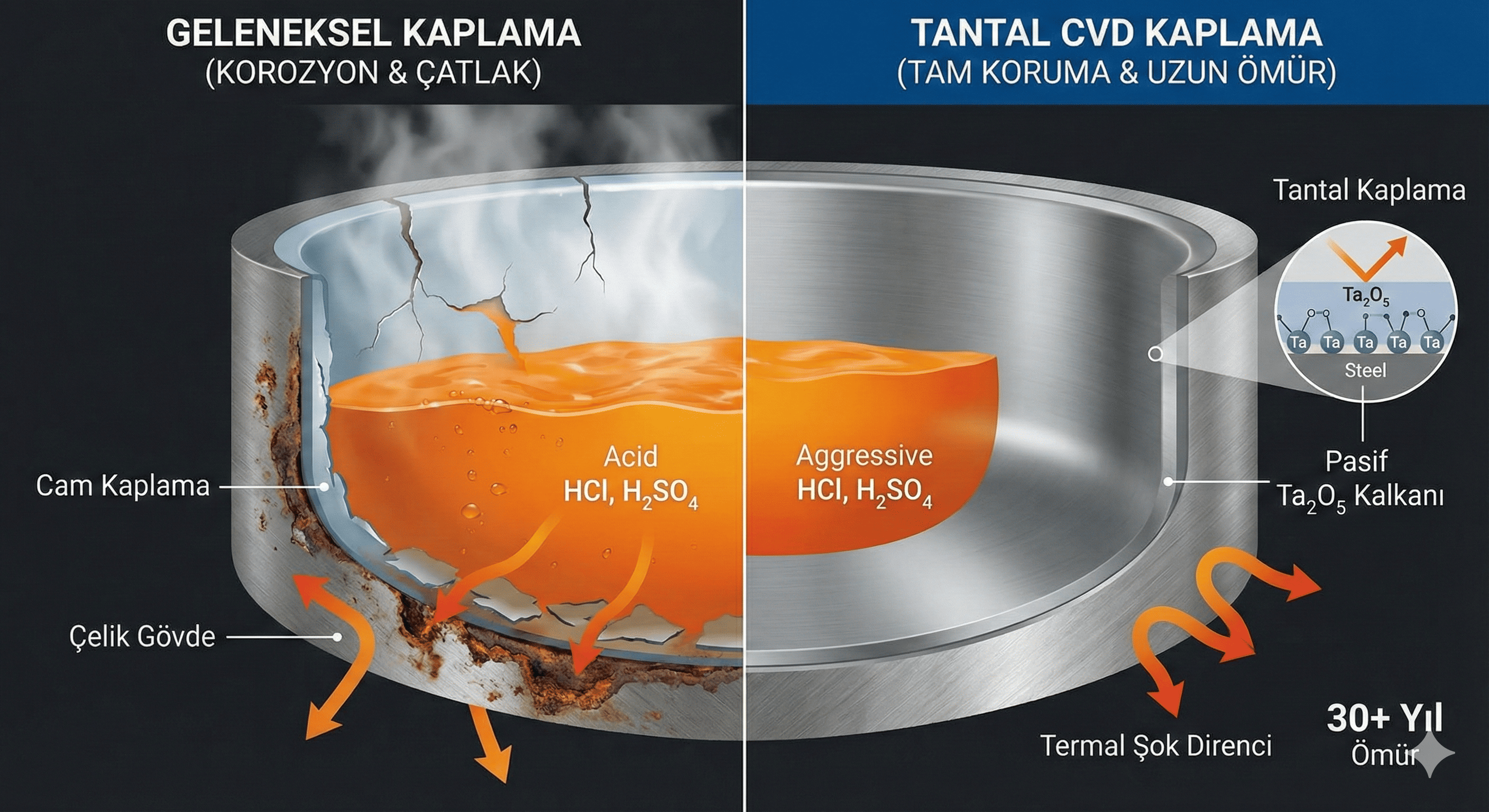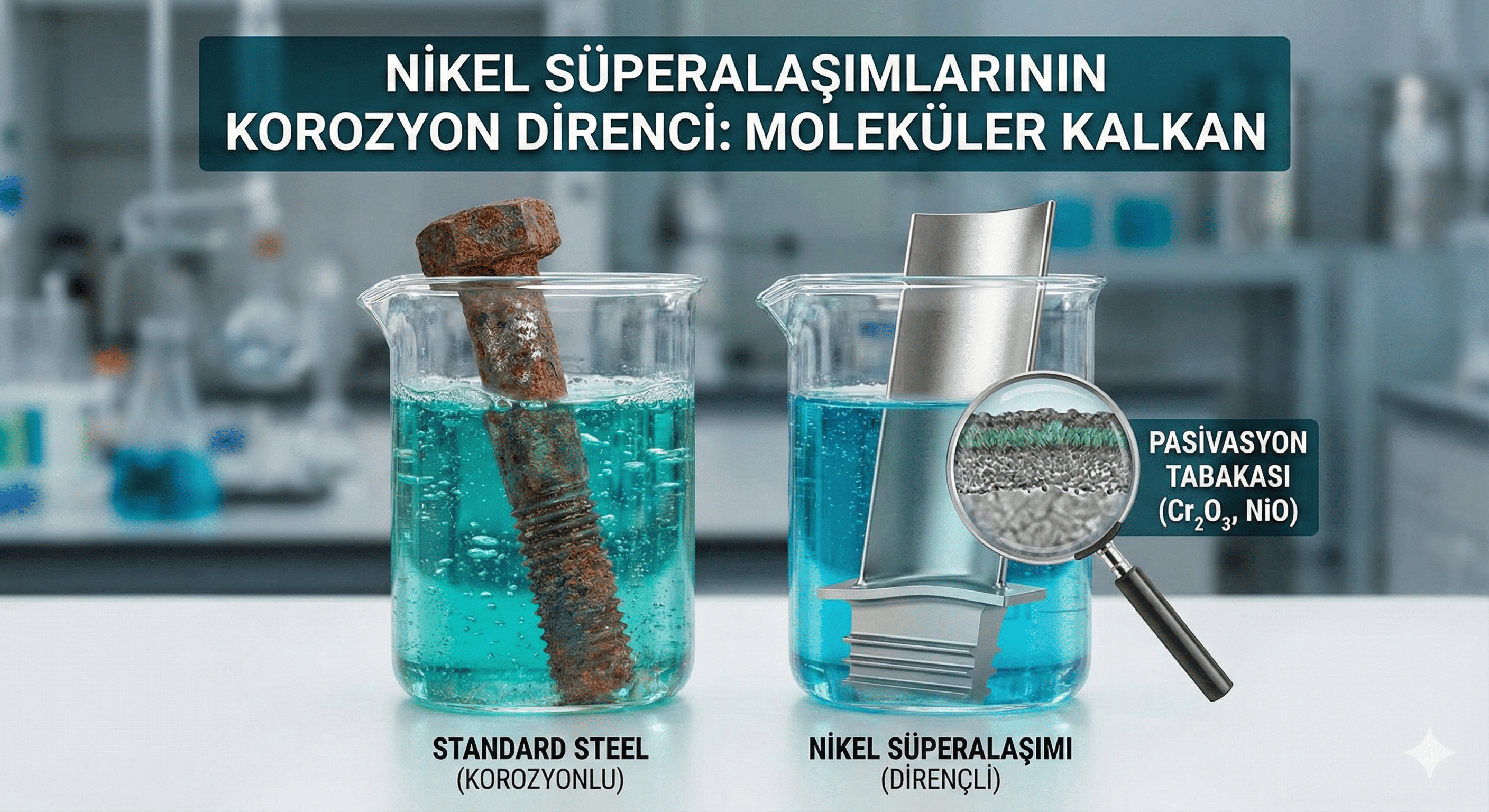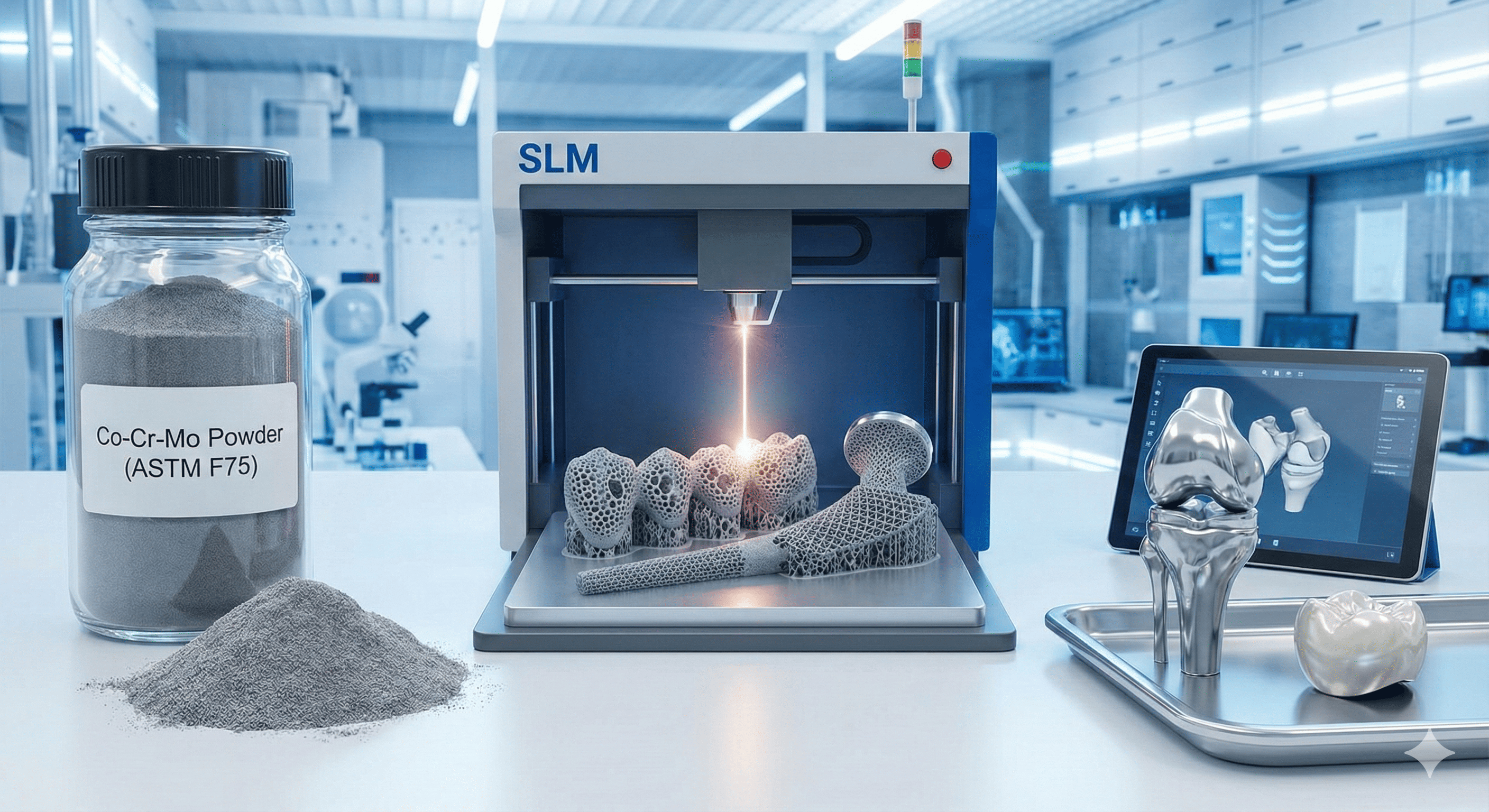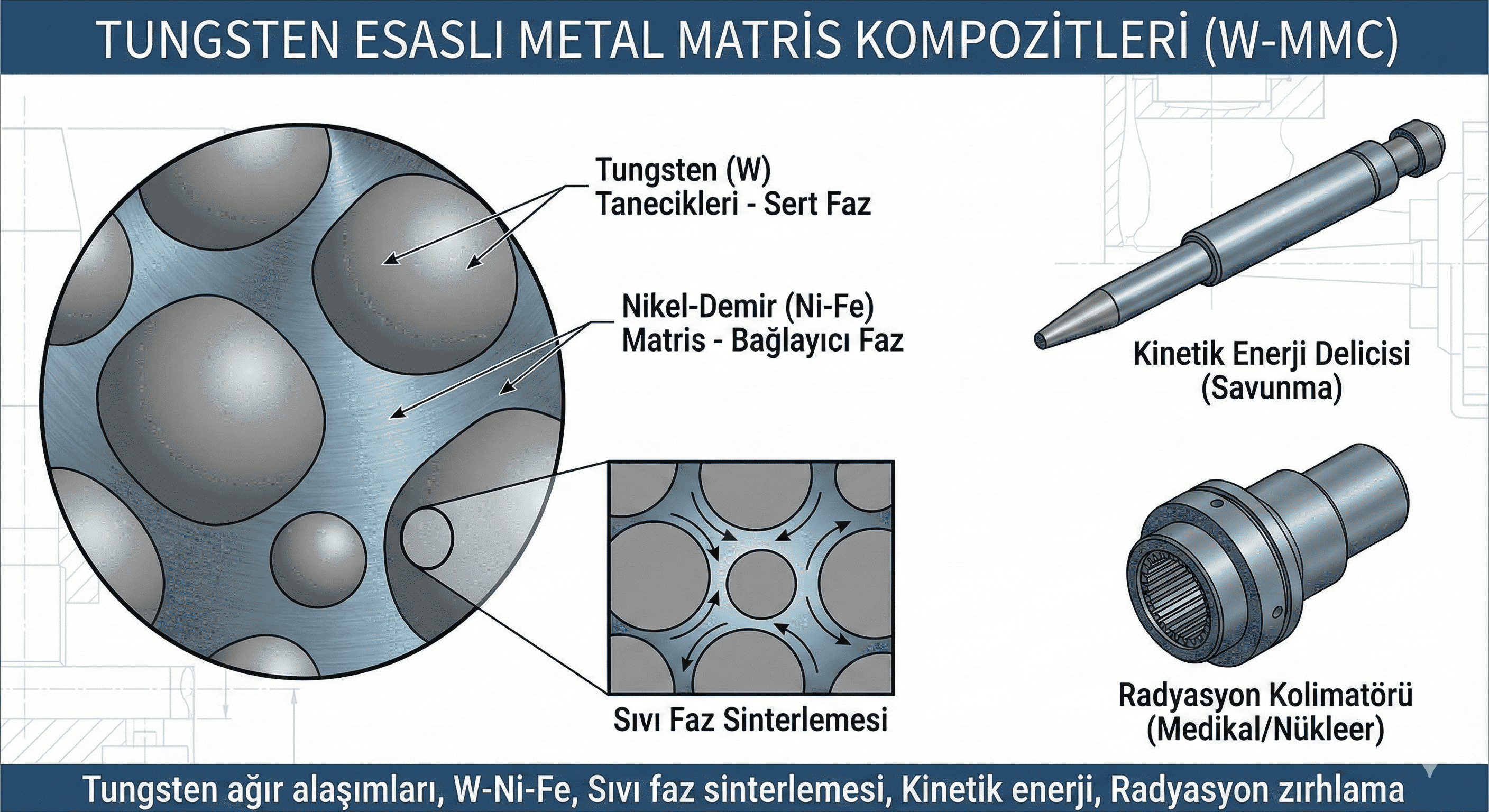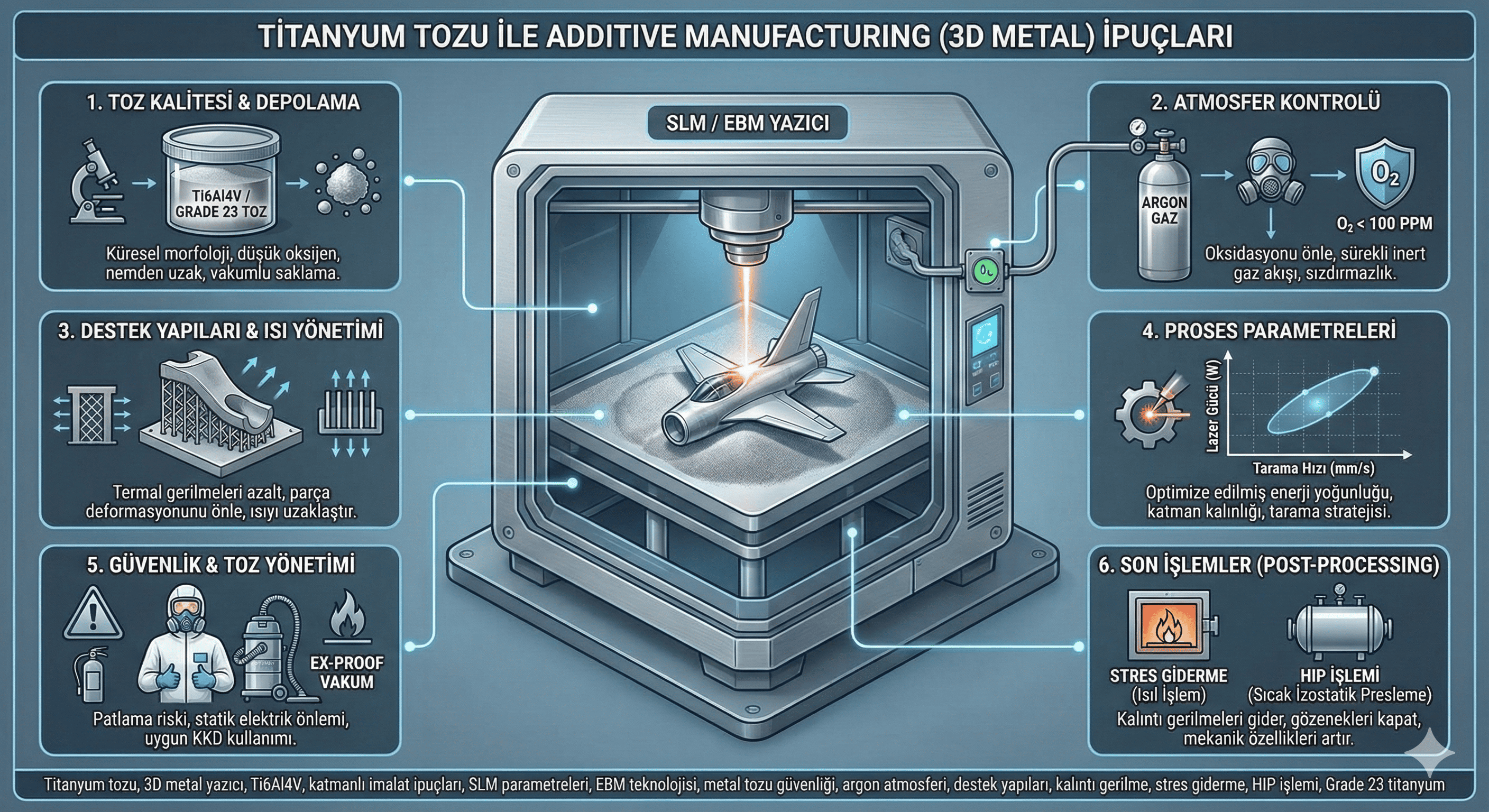Cerium Metal: Properties, Applications, and Safety
Introduction
Cerium is a chemical element with the symbol Ce and atomic number 58. It is a member of the lanthanide series of the periodic table and is the most abundant of the rare earth elements. Cerium metal is notable for its unique properties and diverse range of applications, from catalysts in automotive exhaust systems to its use in advanced materials and electronics. This article provides an overview of cerium metal, including its properties, applications, and safety considerations.
Properties
- Physical Properties:
- Appearance: Cerium metal is a soft, silvery-white, ductile metal. It has a shiny, metallic luster and can be cut with a knife.
- Density: The density of cerium metal is approximately 6.77 g/cm³.
- Melting Point: Cerium has a relatively low melting point for a lanthanide, around 798°C (1468°F).
- Boiling Point: The boiling point of cerium is approximately 3257°C (5895°F).
- Conductivity: Cerium is a good conductor of electricity and heat.
- Chemical Properties:
- Oxidation States: Cerium exhibits multiple oxidation states, primarily +3 and +4. The +4 oxidation state is more oxidizing and less stable, while the +3 state is more common in compounds.
- Reactivity: Cerium reacts slowly with air at room temperature, forming a surface oxide layer. It reacts readily with acids and bases. Cerium metal is also reactive with water, slowly forming cerium(III) hydroxide and hydrogen gas.
- Corrosion Resistance: Cerium’s resistance to corrosion is relatively good due to the formation of a protective oxide layer on its surface.
Production and Extraction
- Sources: Cerium is extracted from rare earth minerals such as bastnaesite and monazite. It is typically obtained through a series of chemical processes including ion-exchange and solvent extraction.
- Extraction Process: The extraction of cerium involves separating it from other rare earth elements using various techniques such as solvent extraction, precipitation, and ion exchange.
Applications
- Catalysts:
- Automotive Catalysts: Cerium is a key component in catalytic converters for internal combustion engines. Cerium oxide (CeO²) is used as an oxygen storage material that helps in reducing emissions of harmful gases such as nitrogen oxides (NOx) and carbon monoxide (CO).
- Industrial Catalysts: Cerium compounds are employed in various industrial catalytic processes, including those for petroleum refining and chemical synthesis.
- Alloys:
- Iron and Steel: Cerium is used as an alloying agent in iron and steel to improve their mechanical properties and machinability.
- Aluminum: Cerium is added to aluminum alloys to enhance their strength and resistance to corrosion.
- Glass and Ceramics:
- Glass Polishing: Cerium oxide is widely used as a polishing agent for glass and optical lenses due to its abrasive properties and ability to produce a high-quality finish.
- Ceramic Glazes: Cerium compounds are used in ceramic glazes to achieve specific colors and properties.
- Electronics and Photonics:
- Phosphors: Cerium is used in phosphors for display technologies, such as LED lights and CRT screens. Cerium-doped phosphors are used to produce bright and efficient colors.
- Lasers: Cerium-doped materials are utilized in laser technologies due to their luminescence properties.
- Nuclear Technology:
- Nuclear Reactors: Cerium is used in nuclear reactors as a radiation shielding material and as an additive in some nuclear fuels.
Safety and Handling
- Toxicity: Cerium metal is considered to have low toxicity, but cerium compounds, especially in powdered form, should be handled with care. Inhalation of cerium dust or ingestion can be harmful.
- Protective Measures: When handling cerium metal or its compounds, use appropriate personal protective equipment (PPE) such as gloves, safety goggles, and masks. Work in well-ventilated areas or use fume hoods to avoid exposure to dust and fumes.
- Storage: Store cerium metal in a cool, dry place away from moisture and air. Cerium should be kept in airtight containers to prevent oxidation and contamination.
Conclusion
Cerium metal is a versatile and valuable element with significant applications in catalysis, alloys, glass polishing, electronics, and nuclear technology. Its unique properties, including its oxidation states and reactivity, make it an essential component in various industrial processes and advanced materials. While cerium metal is generally safe to handle, proper safety precautions should be taken to minimize exposure to its compounds. Ongoing research continues to explore new applications and improve the efficiency of cerium-based technologies.
Feel free to ask if you need more information or have specific questions about cerium metal!

